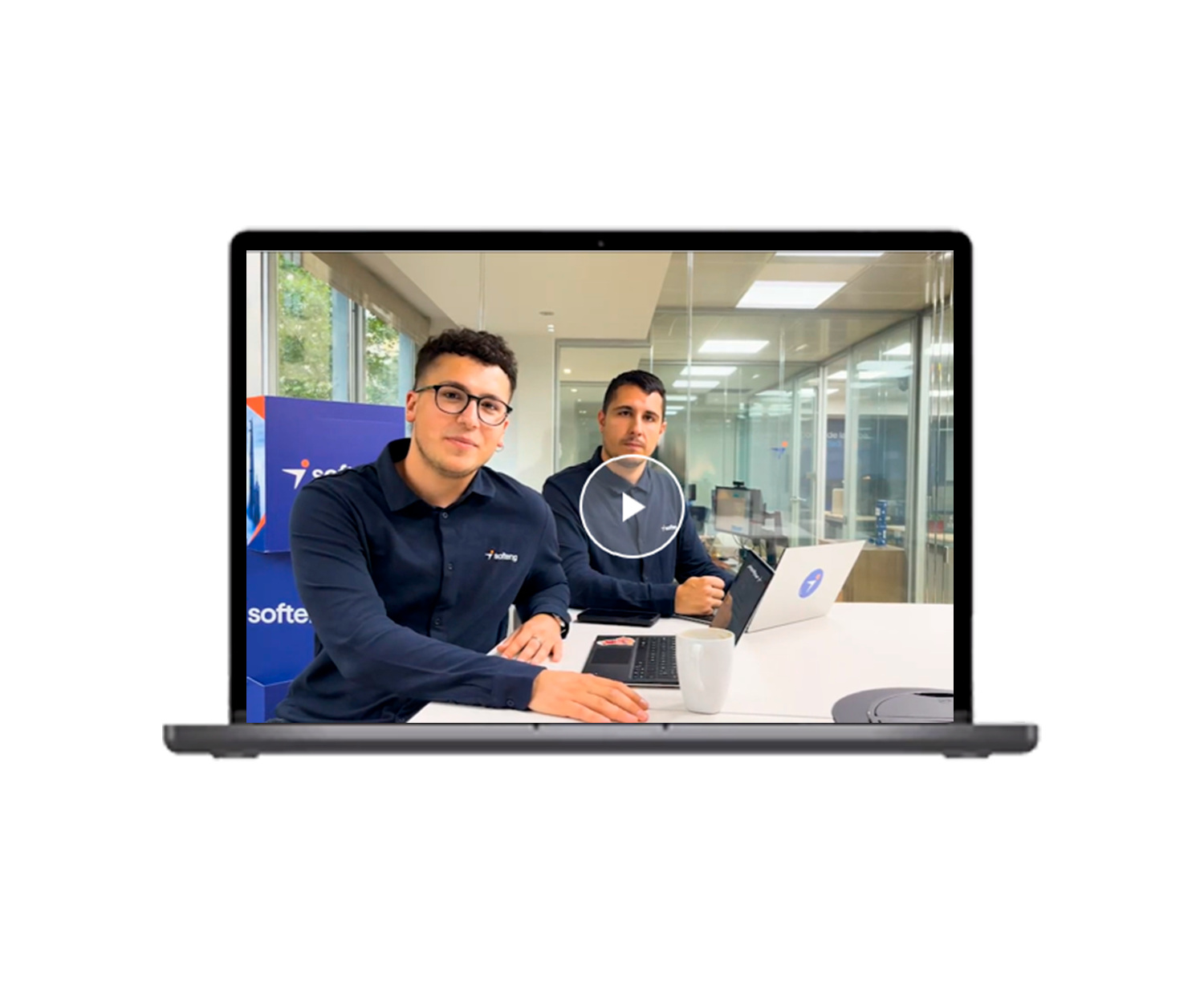One thing should be clear: artificial intelligence carries risks, but it is not dangerous in itself. That is, if it is not adopted safely, it will expose security breaches and vulnerabilities in your organization that you may never have taken into account until now. Not only that, but you will also face financial penalties if you do not comply with the new cybersecurity law, NIS2.
Discover in this article the consequences of not having the right data protection measures in the age of AI and the keys to mitigate them.
When adopting Copilot or other AI-powered tools, it is critical to identify those vulnerabilities and implement the right security measures to avoid being an easy victim of cyberattacks. But while this may seem overwhelming, it is not.
Risks of adopting Copilot without protection
One of the most common problems we have identified in organizations is the lack of controls to protect the data that employees share in artificial intelligence tools, such as ChatGPT or Microsoft’s Copilot. Do you know if your users have access to sensitive information? Are you sure they don’t share it with outsiders? Do you have any idea if they use third-party artificial intelligence tools for their daily work tasks? According to Microsoft’s “2024 Work Trend Index Annual Report”, 78% of users already use AI tools at work on their own. And this is where another common concern arises: the lack of controls to govern information. This can result in users inadvertently leaking sensitive information, or accessing confidential reports they should not have access to.
How to avoid security risks
With all the artificial intelligence hype, many organizations have implemented Copilot for Microsoft 365 as quickly as possible without proper security measures in place. Others have decided to wait to prepare well first. Whatever situation your company is in, we’ve identified six essential measures, based on information access, data protection and its lifecycle, that every organization should put in place if it wants to implement Copilot in a secure and controlled manner.
Access to information
The first two measures relate to access to information: Who has access to what? To know this is fundamental:
- Key 1: Review existing permits to identify irregularities and resolve them.
- Key 2: Check the default permissions because sometimes, as in the case of Sharepoint online, they are the least restrictive.
Data protection
In terms of data protection, although they may seem like basic measures, many organizations still have a lot of unclassified information and files with the same level of privacy, which can result in users having easy access to documents with confidential information, such as payroll or invoices.
- Key 3: Identify which documents contain sensitive information.
- Key 4: Set the correct privacy level for each document.
The data life cycle
The last two keys are related to the data lifecycle, often forgotten by organizations.
- Key 5: Properly manage disused Sharepoint sites.
- Key 6: Manage and eliminate obsolete data.
If you are interested in learning more about these keys and how you can apply them in your company, we recommend our digital event with demo, in which our experts explain how to protect your organization’s data for a secure adoption of Copilot, complying with NIS2.
EVENT ON DEMAND (In Spanish)
